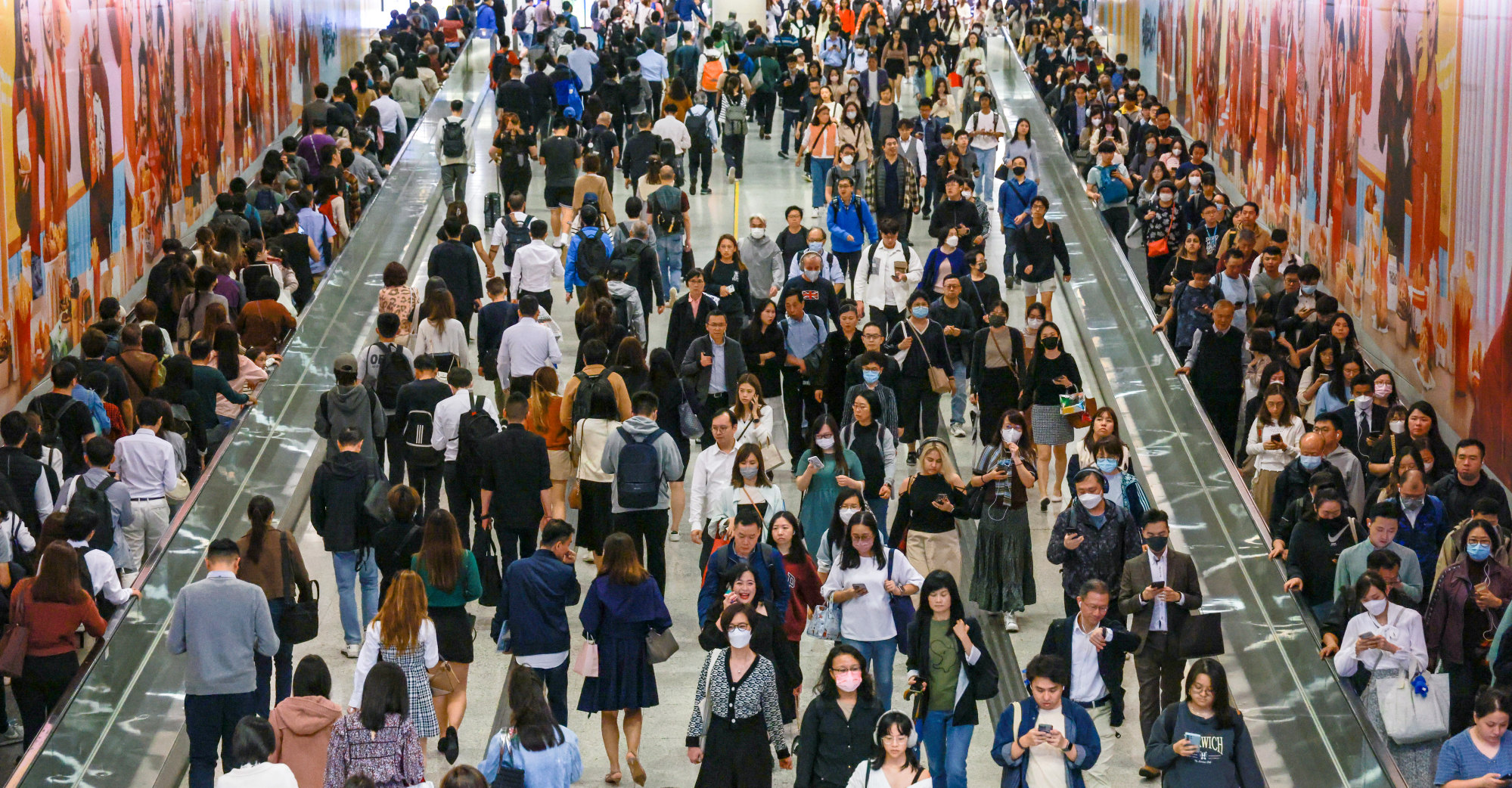Hong Kong can consider raising HK$2 fare in transport subsidy scheme or launch proportional discount: ex-welfare chief
The public transport fare subsidy scheme, introduced in 2019, provides subsidies amounting to one-third of commuters’ transport expenses in excess of HK$400, subject to a maximum of HK$400 each month.
Chan said the government had “no intention” of cancelling the two programmes, but hoped the review, to be completed within the year, would enable the schemes to operate in a “financially sustainable manner” after a significant increase in expenditure over the past few years.
Who are the biggest winners and losers of the Hong Kong budget?
The finance chief on Thursday said the government would not change the eligibility age of the HK$2 scheme.
Annual spending for the HK$2 programme surged nearly three-fold from HK$1.3 billion in 2019-20 to about HK$4 billion in 2023-24, while the yearly cost of the subsidy scheme for the general public also doubled from HK$1.7 billion to about HK$3.5 billion over the same period.
Referencing a government-commissioned review of the HK$2 scheme published in 2021, Law said authorities could consider increasing the concessionary fare.
“This scheme has already been in place for more than 10 years. Should there be an adjustment for the HK$2 concessionary fare?” said Law, who is currently an adjunct professor at the University of Hong Kong’s department of social work and social administration.

Giving the example of a HK$10 trip, he said the government subsidy covered HK$8, while beneficiaries paid HK$2, but if the fare was increased by 10 per cent to HK$11, the subsidy would then fund HK$9, a 12.5 per cent increase in the contribution.
“The increase in the government subsidy would be higher than the percentage of the fare hike,” Law said. “The proportion of the government subsidy would grow with the fare adjustment.”
Law said authorities could also consider introducing a proportional subsidy after the fare surpassed a certain threshold.
For example, he said, elderly residents and those with disabilities could continue to pay HK$2 per trip, but the concession would amount to 20 per cent of the original fare when it exceeded HK$10. This meant beneficiaries would pay HK$2.4 for a HK$12 ticket, he added.
“It might be more complicated but it sounds more reasonable,” Law said.
The HK$2 scheme was launched in 2012 for those aged 65 and above, as well as residents with disabilities. Eight years later, then chief executive Carrie Lam Cheng Yuet-ngor announced the inclusion of people aged between 60 and 64, and the arrangement was put into effect in 2022.
Anthony Cheung Bing-leung, who was the transport and housing minister from 2012 to 2017, said in an interview last year that the lowering of the scheme’s eligibility age to 60 was “reckless” as the move would cause a significant financial burden on public finances.
Commuter spending under Hong Kong elderly transport scheme will be examined: John Lee
But in his interview with the Post, Law argued that the focus should be on individuals aged 65 or older.
“People aged 60 to 64 will not be an issue in the long run,” he said, adding that the demographic consisted of 640,000 people and their numbers would start to decline.
According to the government’s population projection, there will be about 630,000 people aged between 60 and 64 next year, and the number will continue to decrease annually. In 2034, there will be about 550,000 people aged 60 to 64.
On the other hand, the population of those aged 65 or older is forecast to nearly double from 1.45 million in 2021 to 2.74 million in 2046.
Terence Chong Tai-leung, executive director of Chinese University’s Lau Chor Tak Institute of Global Economics and Finance, said the HK$2 scheme was expected to have greater financial implications than the transport fare subsidy scheme, which was aimed at people who had long daily commutes.
“The number of elderly people will grow due to the ageing population,” Chong said. “But the number of people receiving the transport fare subsidy will be similar each year.”